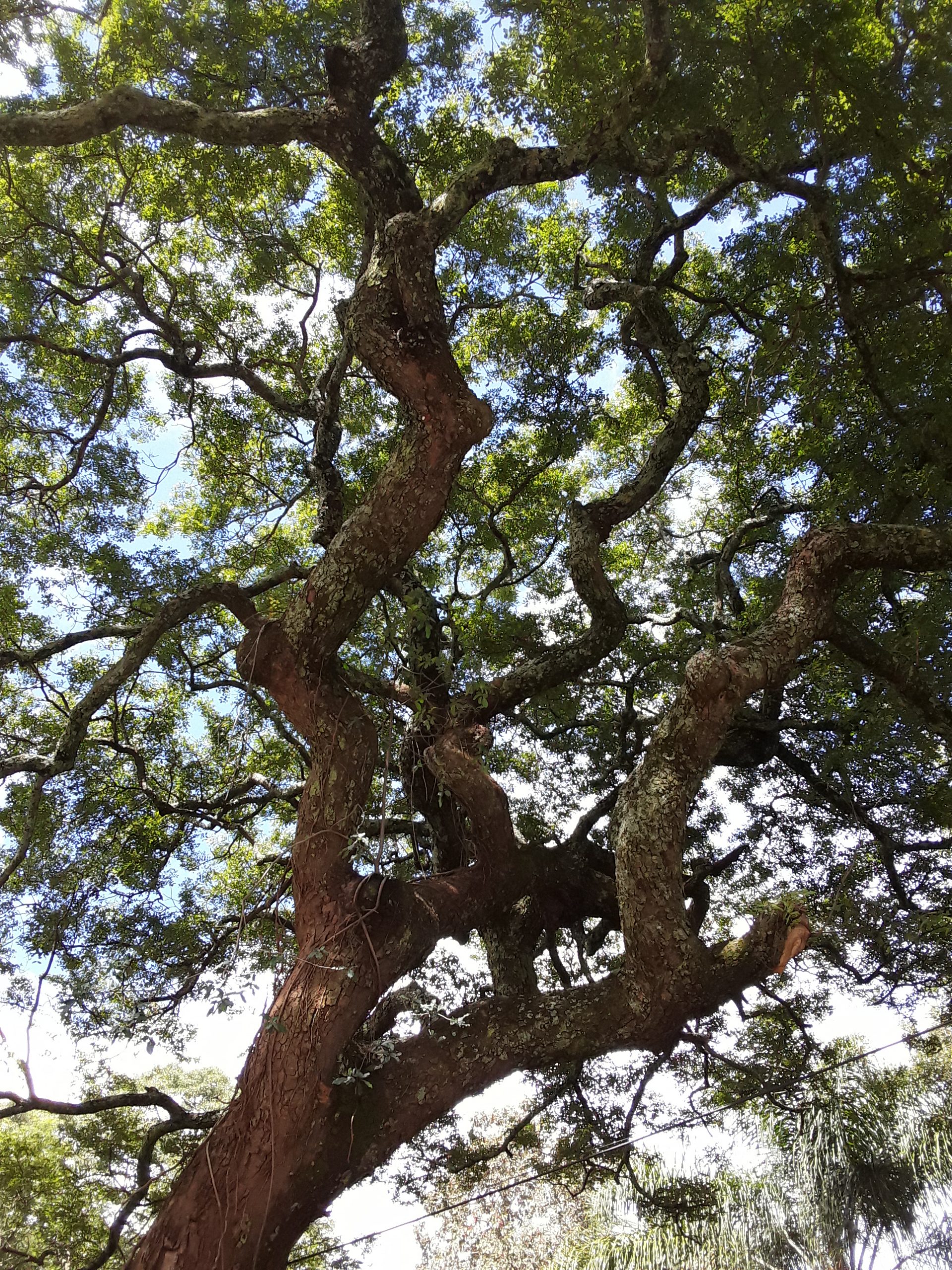It’s a fact, many people do not know the difference between a Munondo tree or a Musasa tree perhaps besides the fact that they can be written in different ways e.g. Mnondo, Msasa. We were once invited to go to a property in Ruwa to identify trees and were told that they had many, many Musasa trees. Well, we went to this plot and identified more than forty species of trees and guess what? Not a single Musasa tree was seen but, the property had loads and loads of Munondos!
So, what’s the problem? Well it’s because they look so alike, that is till you get down to the nitty gritty! In fact not so nitty gritty as there are some obvious differences enabling you to readily identify most of them as you drive past them! They both shed their leaves and get new reddish leaves at roughly the same time, once a year. The Msasas in Nyanga, on the way up to Troutbeck, that are stunted are different in that new leaves are very dark – almost black. Why this is so, I have no idea! Leaves have these reddish (pink to intense red) colours because they have built in sun tan lotion (called Anthocyanin) to protect the young, tender leaves against the sun. Once the leaves are hardy enough to withstand full sunlight, they will then go through several shades of green till they attain their normal dark green leaf colouration. There are a few other species of trees that have anthocyanin consequently their new young leaves have that reddish look.
The Munondo, Julbernardia globiflora is the only species in Zimbabwe in the genus Julbernardia. The genus is named after Jules Bernard, former governor of Gabon whilst the species, globiflora means spherical (like a globe) flowers. The Musasa, Brachystegia spiciformis is one of 8 species within the genus Brachystegia. Other well known Brachystegias are the B. boehmii. Prince-of-Wales’ feathers or Mfuti and B. tamarindoides (old name B. glaucescens), Mountain acacia. The genus Brachystegia means “short roof or covering” – the buds are protected by a pair of bracteoles whilst the species spiciformis means resembling a spike, presumably referring to the inflorescence. The main differences between the Munondo and the Musasa are the leaves, pods and flowers. For more differences and other information, consult the “Guru” book – Keith Coates Palgrave TREES of Southern Africa which has been revised and updated by Meg Coates Palgrave.
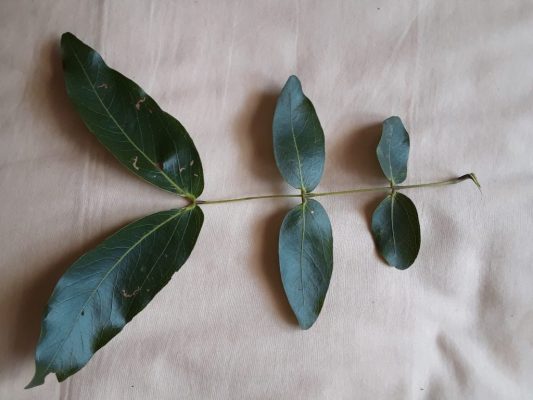
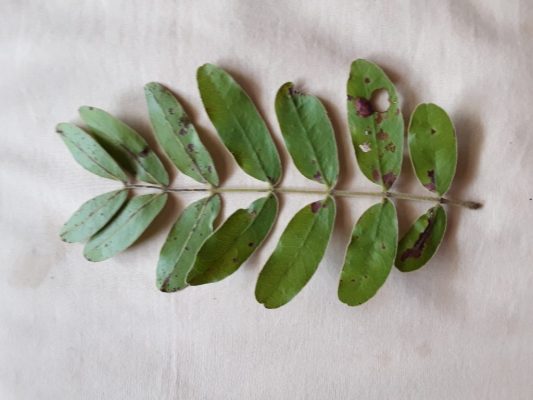
The Musasa leaf typically has 3 or 4 pairs of leaflets on the highveld with the leaflets becoming bigger and bigger towards the end. Strangely enough, in the eastern highlands, they have many more pairs of leaflets. They are quite shiny and the two end (biggest) leaflets wave in the breeze. On the other hand, the Munondo leaf has about twice as many pairs of leaflets with the biggest being near the centre. They are a lot duller than the Musasa leaflets and the above photo shows a younger leaf found growing amongst darker, mature leaves. The Musasa leaves are noticeably a bit darker than the Munondo leaves.
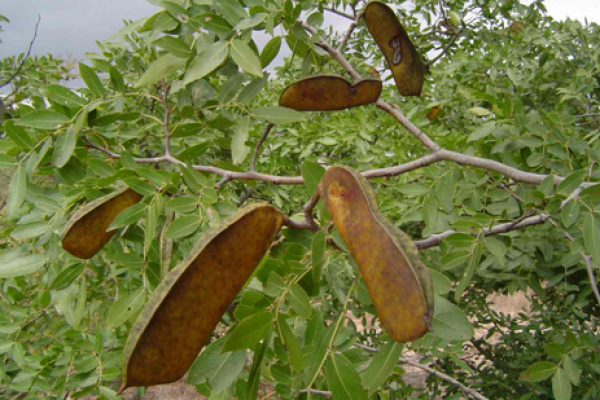
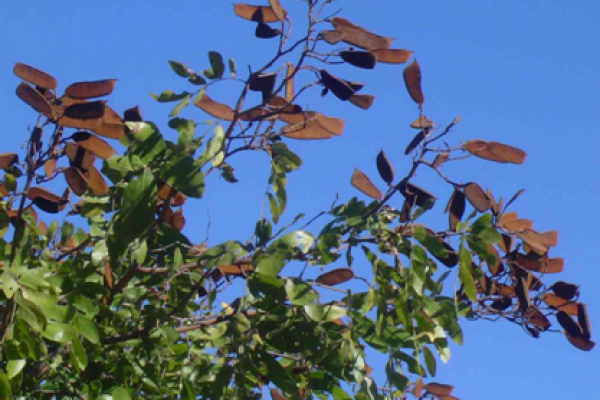
The Musasa pods are green whilst young and can be found anywhere on the tree amongst the foliage. The Munondo pods are roughly half the size, are brown and positioned above the foliage on top of the tree and bigger branches. This feature is very obvious!
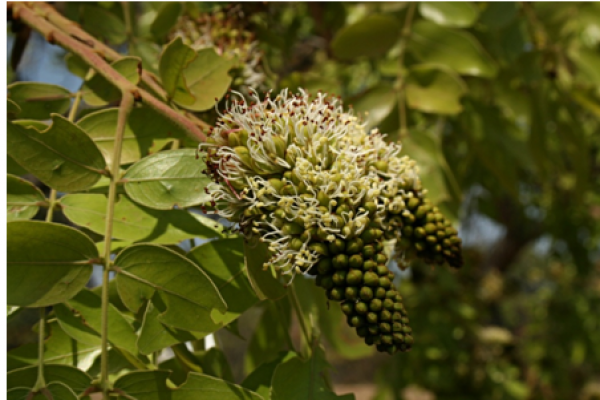
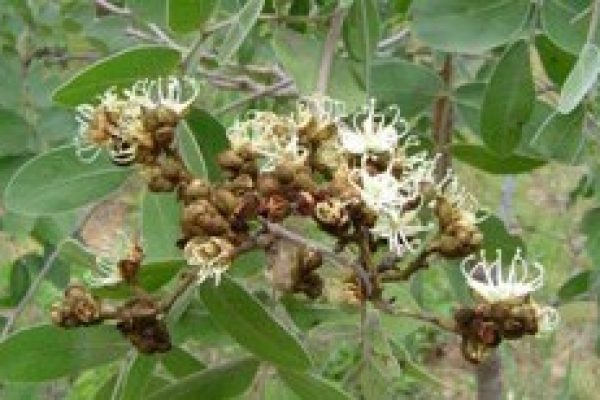
The Musasa flowers are on a spike and are sweetly scented and appear from August to November. I’m told that Musasa honey is to die for! As can be seen, the Munondo flowers are individual and spherically shaped. The Munondo flowers from January to May – so a completely different time of the year.
Generally old Musasa trees are bigger than the Munondos and have slightly darker leaves. I have seen many good looking Musasa trees but I’m yet to see a really good Munondo!
